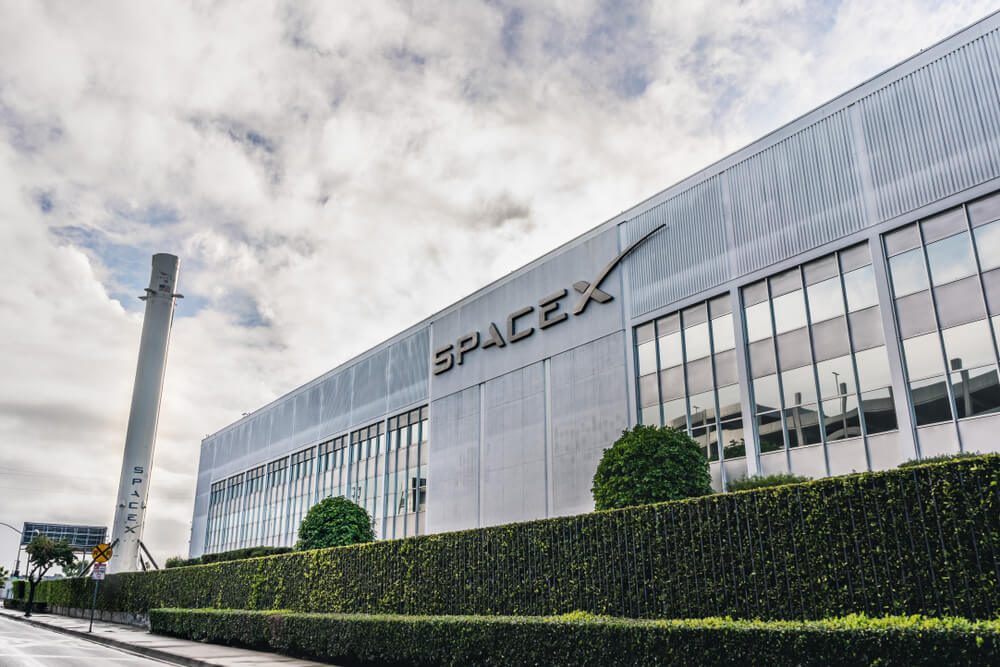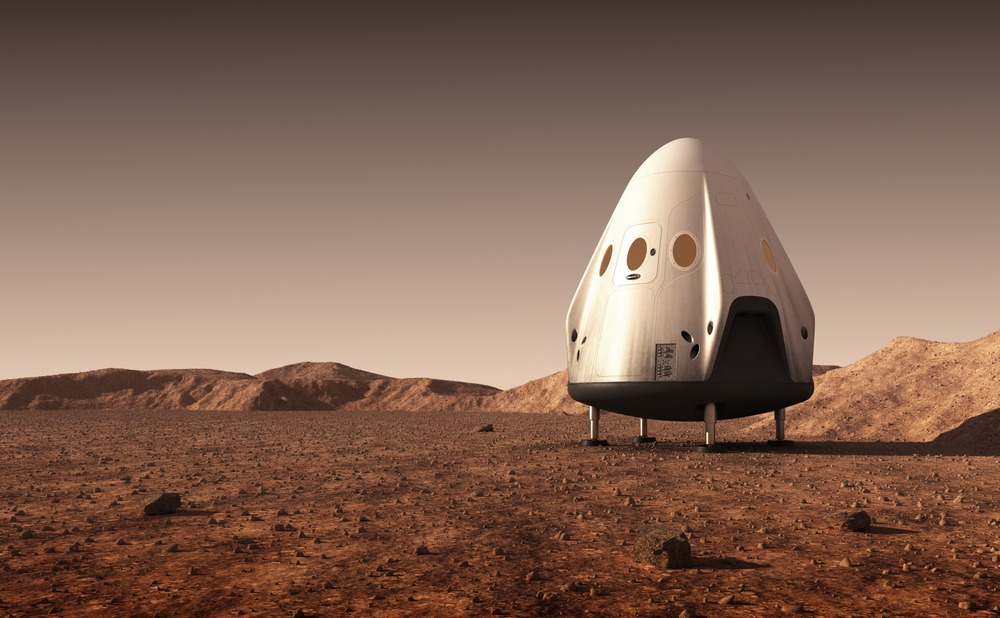SpaceX offers an interesting alternative to broadband connections in rural areas. The company is working to build a network of private satellites to provide internet access to their subscribers. Its network called Starlink, is based on the web of orbital satellites that SpaceX started to release in 2018. Starlink averages around 1,300 satellites, with the intent to expand the network to around 42,000 in the future.
The company founded by Elon Musk submitted an application to the Federal Communications Commission (FCC). If approved, it would allow Starlink’s components to link up with moving vehicles, namely, planes, trucks, as well as ships. However, the application will not include Tesla vehicles.
Starlink’s beta started several months ago and has been slowly expanding to match the minimal needs of the network. As of February 2021, the company has more than 10,000 users in the U.S. People who would like to become a customer can preorder access to Starlink, but it is unclear when the beta period will end. Elon Musk claims that the beta could end as early as summer 2021, but it will depend on several contributing factors.
The Biden administration understands the importance of internet connection. To this end, the administration continues to expand rural internet infrastructure. SpaceX received $886 million through the FCC’s Rural Digital Opportunity Fund auction in December. The FCC will provide the funds to the company over 10 years. The funds allocated by FCC would allow the company to offer a substantial alternative to millions of people in the U.S. who do not have a traditional broadband connection.
SpaceX and OneWeb
No project is immune from risk factors, and Starlink is not an exception, as its overhead cost could limit market availability for low-income communities. The satellite connection requires customers to pay a $499 hardware fee, followed by a $99 monthly subscription.
This is not the only problem, as some experts fear that Starlink could be a risk to space safety and the environment. The company’s approach to sending a large number of satellites into space puts many competitors at risk. In April 2021, satellites operated by OneWeb and SpaceX flew abnormally close to one another. An alleged close approach between satellites led to a meeting between the companies and the FCC.
This is not the first controversy involving a close approach between a satellite operated by Starlink and another spacecraft. In 2019, the European Space Agency had to maneuver its Aeolus satellite when it determined that a Starlink satellite would pass too close to it.
















